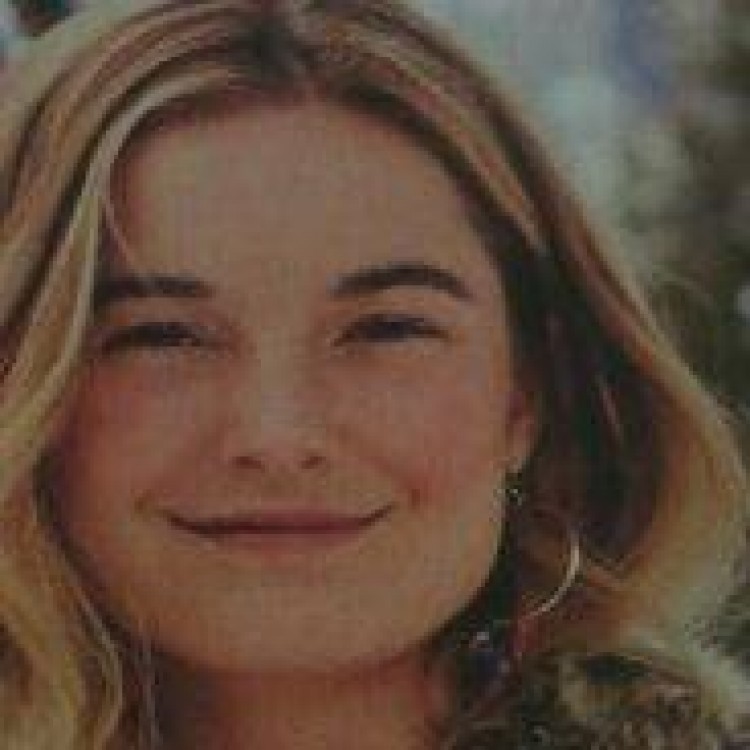Frida Kahlo’s posthumous pop culture deification has eclipsed that of her husband, Mexican muralist Diego Rivera. A total iconoclast, Frida’s visceral painting style has an intensity matched by few artists. Her fleshy fruits, torn arteries, tortured birthings, and imago-packed surrealist dreamscapes terrify and mesmerize. Her burning eyes in both self-portraiture and photographs make her hard to forget. Her pain seems to emanate from many wounds—psychic, physical, and romantic.
Born Magdalena Carmen Frida Kahlo y Calderon outside of Mexico City in 1907, her exotic looks, which have mesmerized millions, are a product of her heritage. Frida’s father, one of Mexico’s preeminent photographers, was a first generation Mexican born of Hungarian Jews, while her mother, Matilde Calderon, was a Mexican of mixed Spanish Indian ancestry. Frida contracted polio when she was seven, stunting her right leg. Her father took charge of her recovery from polio, encouraging her to play sports to build back the strength of her right foot and leg. At fifteen, Frida was in a horrendous trolley-car accident, crushing her spine, right foot, and pelvis, leaving her crippled forever. Later, she depicted the crash as the loss of her virginity when the trolley car’s handbrake pierced her young body. In pain for the remainder of her life, she underwent thirty-five surgeries, the amputation of her gangrenous right foot, and what she deemed as imprisonment bedridden in body casts. Indeed, several of Kahlo’s greatest works were done while flat on her back, using a special easel her mother had made for her.
Her tempestuous relationship with world renowned painter Diego Rivera was also a source of great suffering. Often described as “froglike” in aspect, the Mexican art star was quite a ladies’ man. During a hiatus between marriage to each other, Frida hacked off her beautiful long hair and dressed in baggy men’s suits. She bitterly rued her inability to bear Rivera a child, grieving over several miscarriages. They went about making art in very different ways—Rivera’s huge paintings were political messages on the walls of public buildings; Frida’s paintings were deeply personal, vibrant colored paintings often done on tiny pieces of tin.
Frida and Diego were a very public couple. Coming of age in the wake of the Mexican Revolution, they were both very political, becoming friends with Leon Trotsky, Pablo Picasso, Russian filmmaker Sergei Einstein, Andre Breton, and the Rockefellers. Both artists embraced “Mexicanismo,” Frida going so far as to wear traditional Indian peasant costumes at all times, cutting a striking and memorable figure with the rustic formality. Frida’s stalwart adherence to all things “of the people” made her a national shero, with papers commenting on her resemblance to an Indian princess or goddess. In his article, “Portrait of Frida Kahlo as Tehuana,” art critic Hayden Herrera asserts that the Latina artist was “unrestrained by her native Mexico’s male-dominated culture. Tehuantepec women are famous for being stately, beautiful, smart, brave, and strong; according to legend, theirs is a matriarchal society where women run the markets, handle fiscal matters, and dominate the men.”
More than forty years after her death, Frida and her work hold a fascination that shows no sign of fading. Her dramatic personal style and wild paintings have captured the public’s imagination. She has been hailed as a role model for women artists, a stylistic pioneer and idealist who pursued her craft despite physical handicaps that would have stopped many others. Her body was broken but her spirit was indomitable, like the Tehuana women she identified with. As Herrera notes, “she became famous for her heroic ‘allegria.’”
This bio of Frida Kahlo was taken from The Book of Awesome Women by Becca Anderson, which is available now through Amazon and Mango Media.


